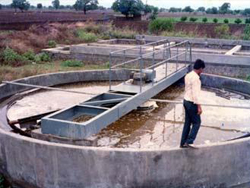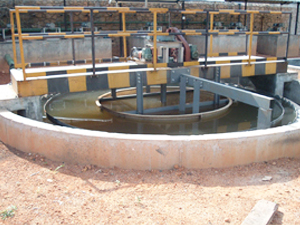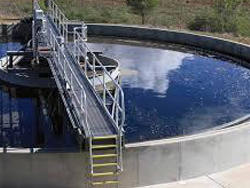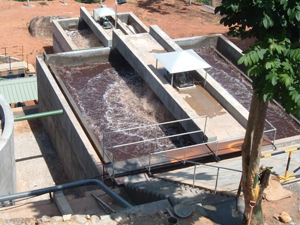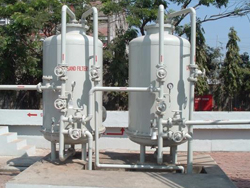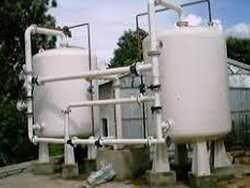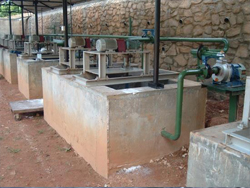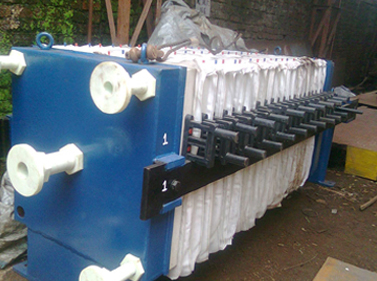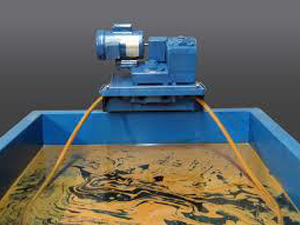Effluent Treatment Plant (ETP)
Many industries manufacture or use complex organic chemicals that necessitate the treatment
of waste water before it is discharged outside or used within the factory. Industrial waste water
can be contaminated by feedstock materials, by-products, and product material in soluble or
particulate form, washing and cleaning agents, solvents and added value products such as
plasticizers. Therefore Effluent Treatment Plants are integral to any manufacturing complex for
processing effluents and also to meet environmental compliance.
KARYASIDDHI offers equipments for both Primary and Secondary Treatment of industrial waste water for all types of processes and industries such as Chemical, Pharmaceutical, Food Processing, FMCG etc.
We have in our range the following products for Effluent Treatment.

